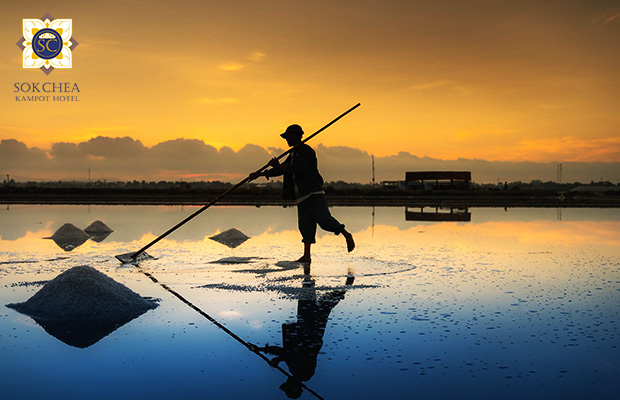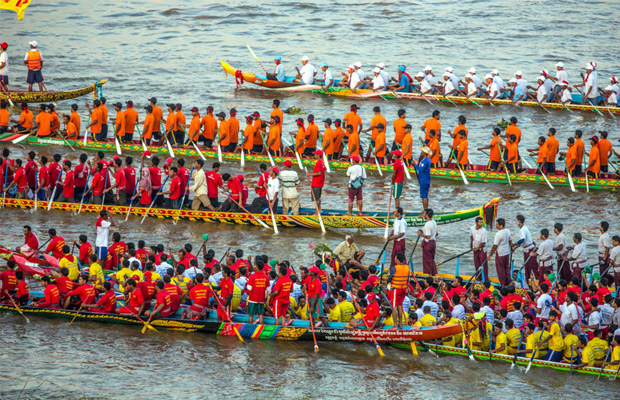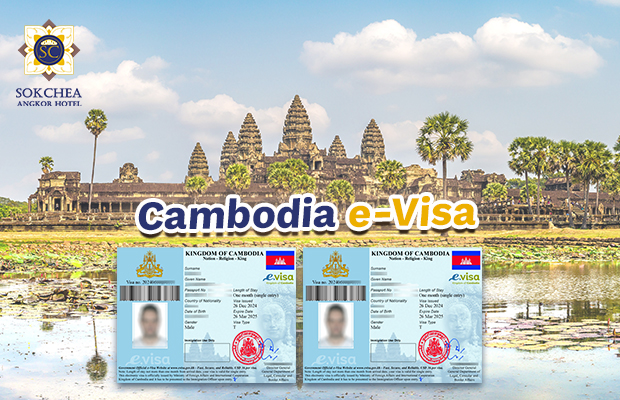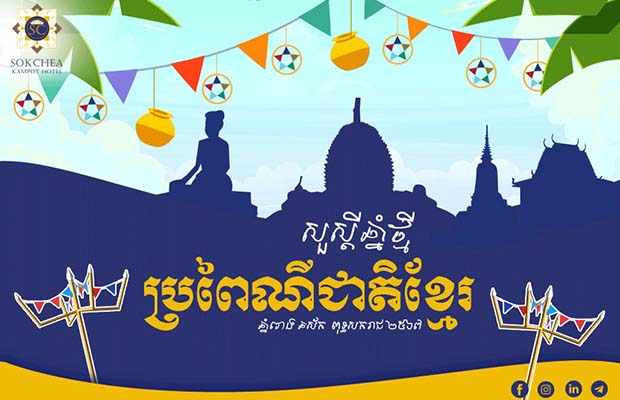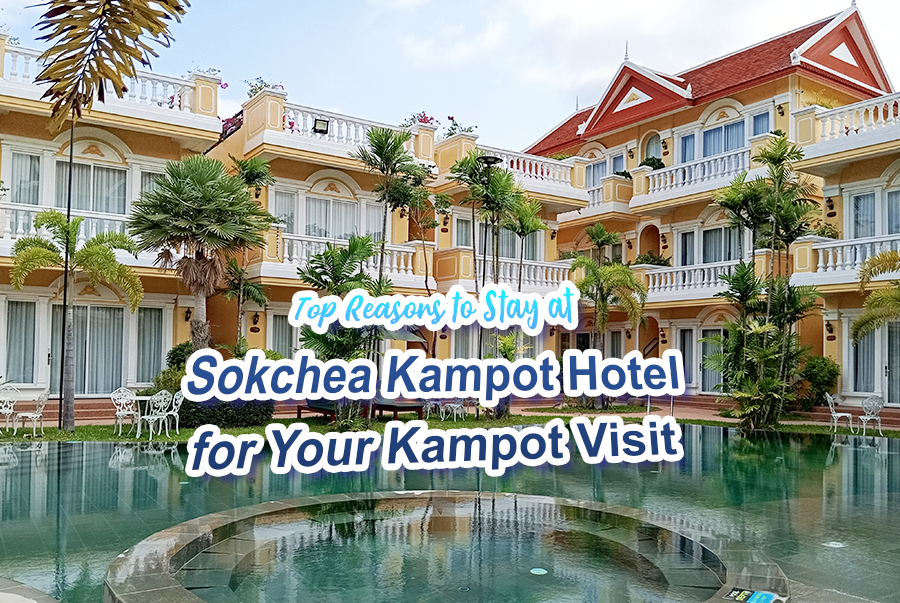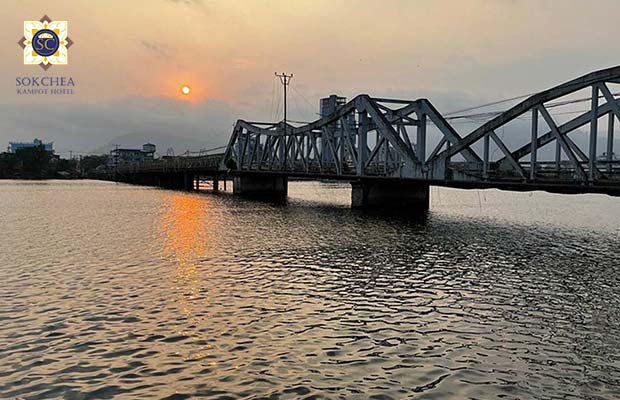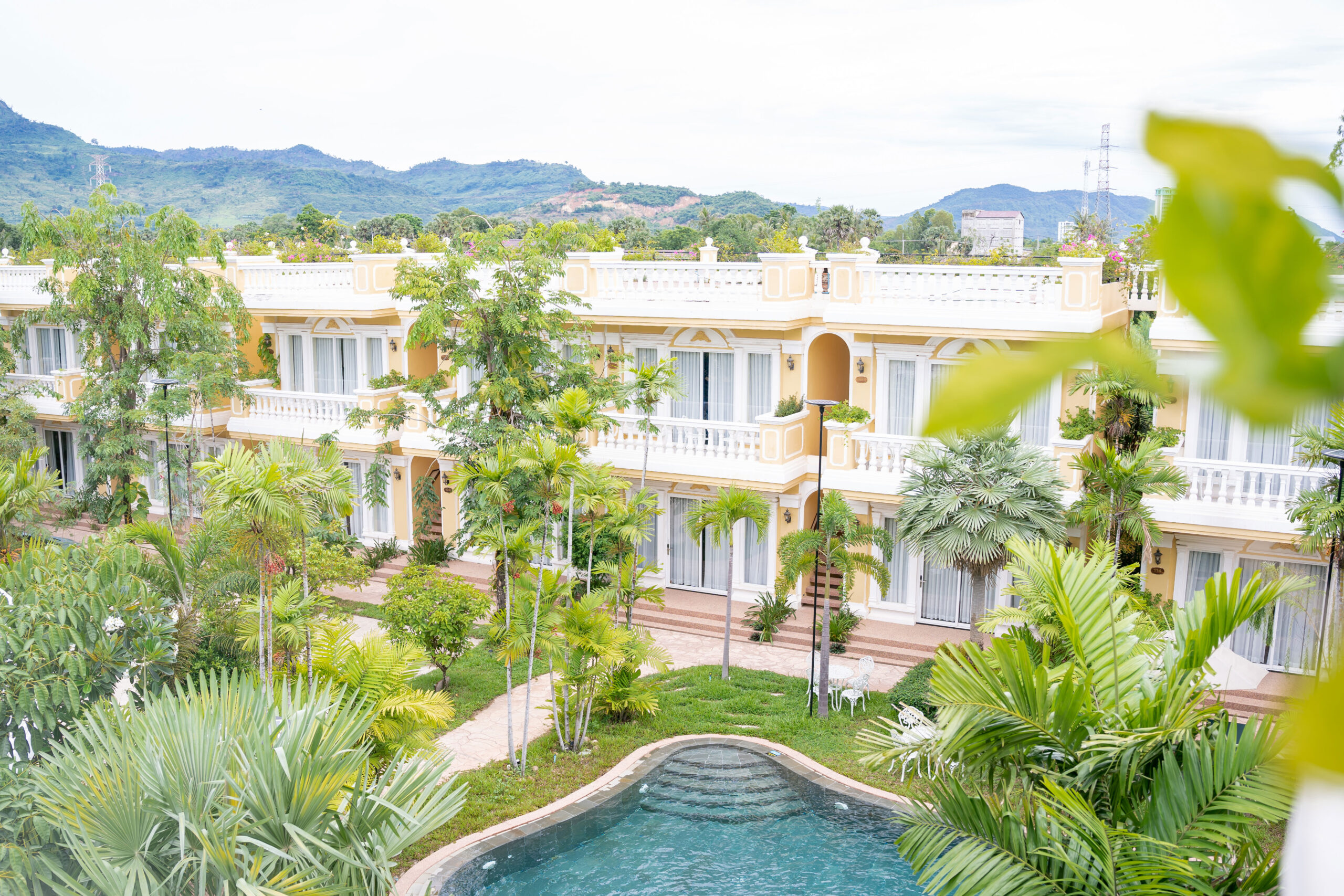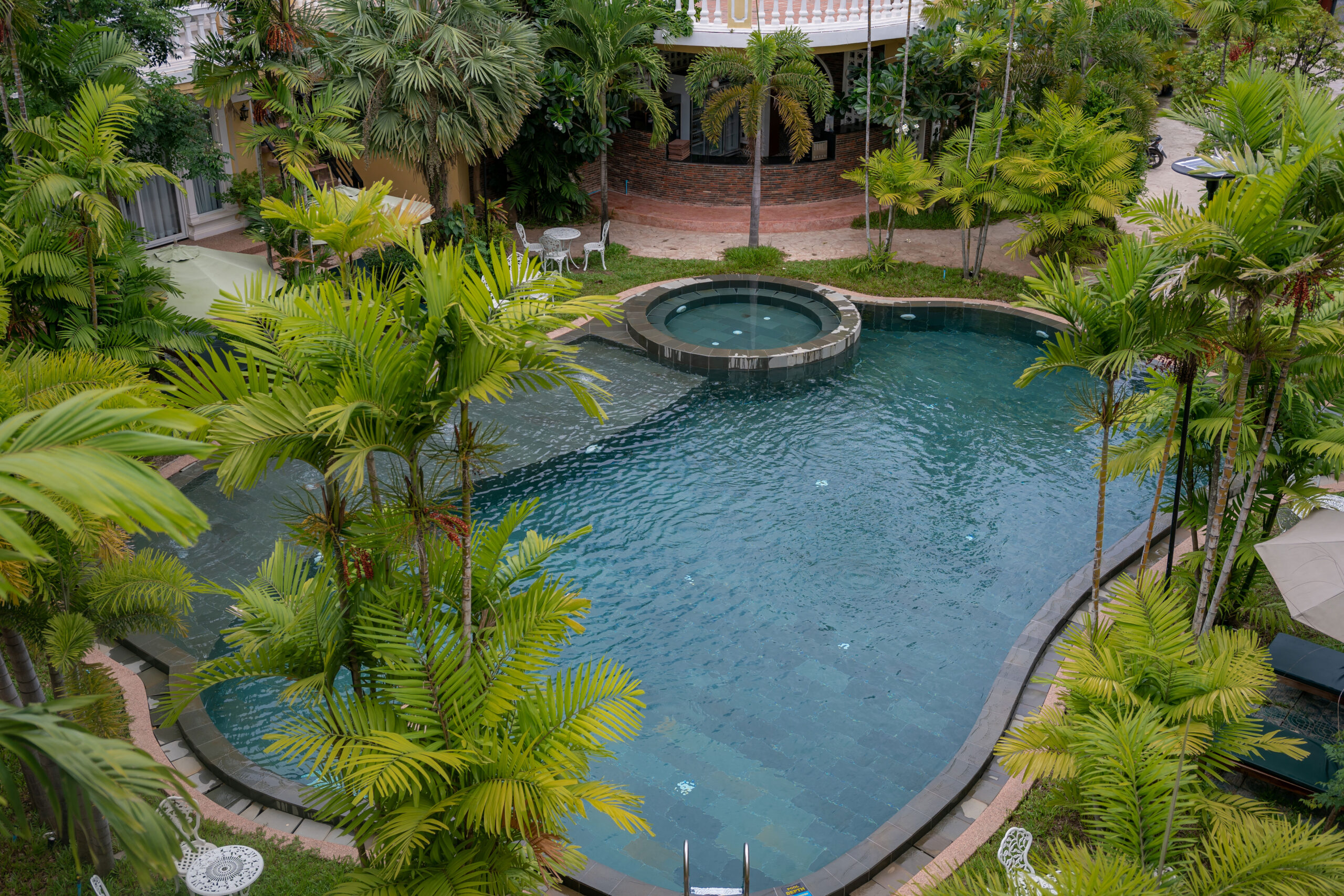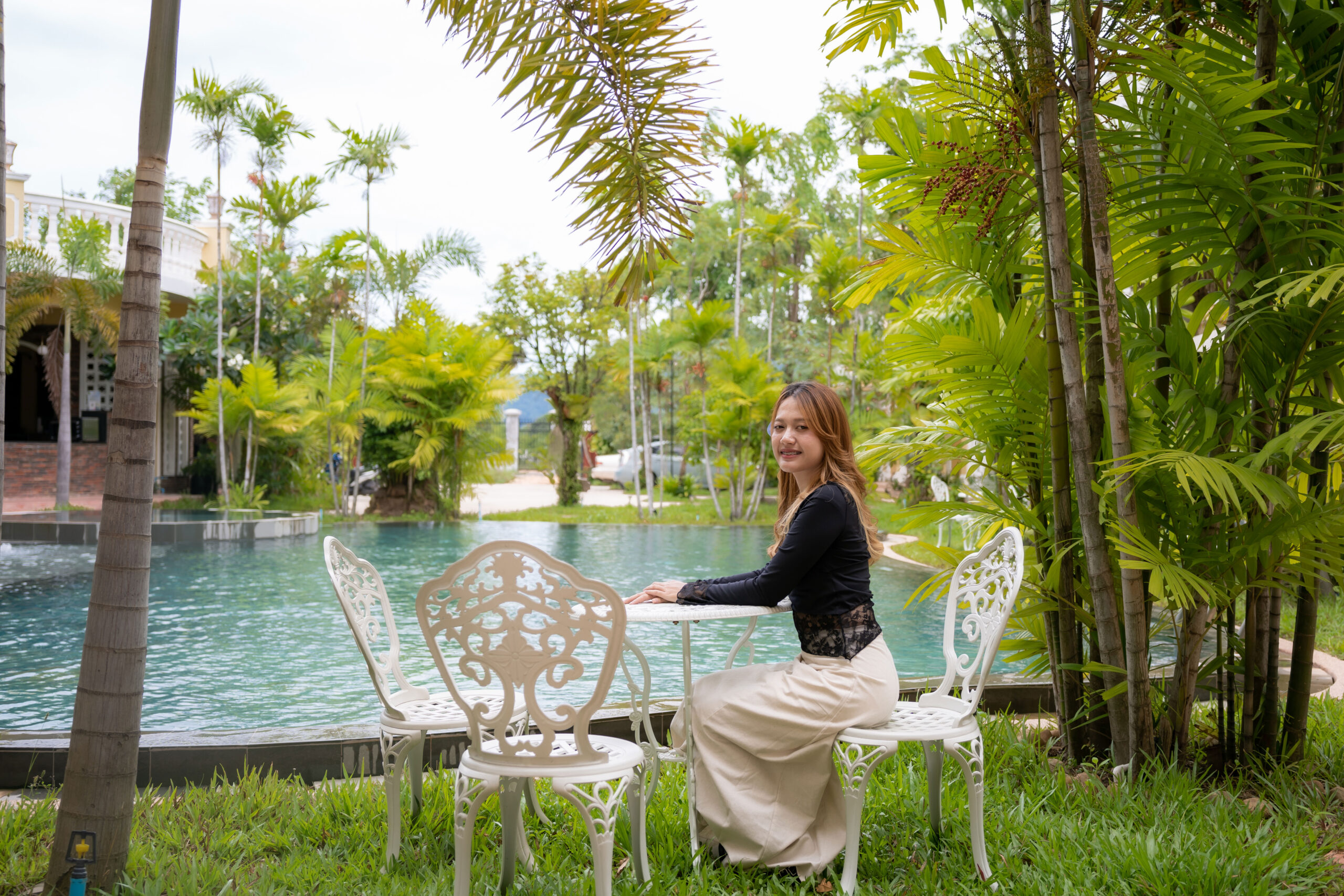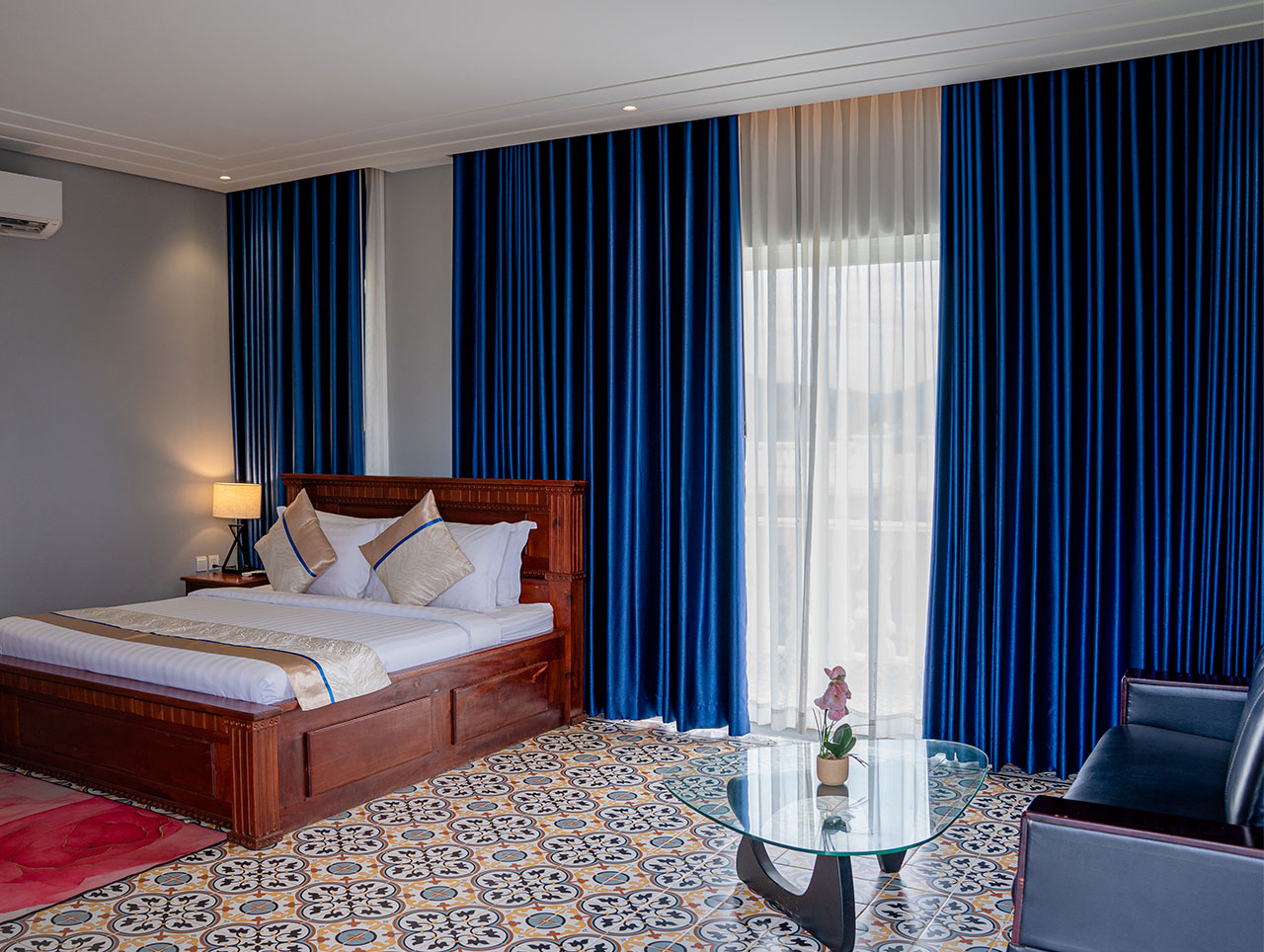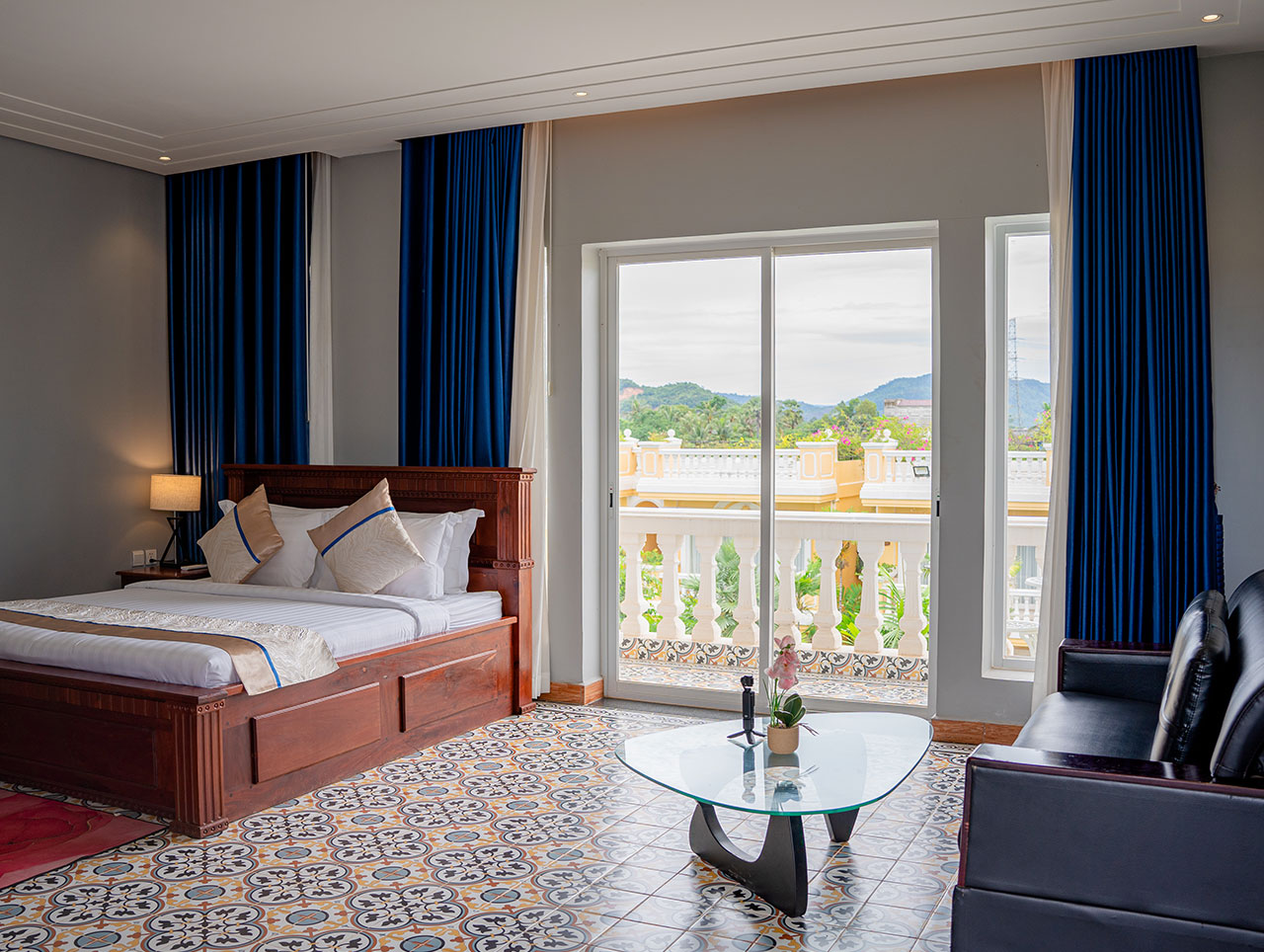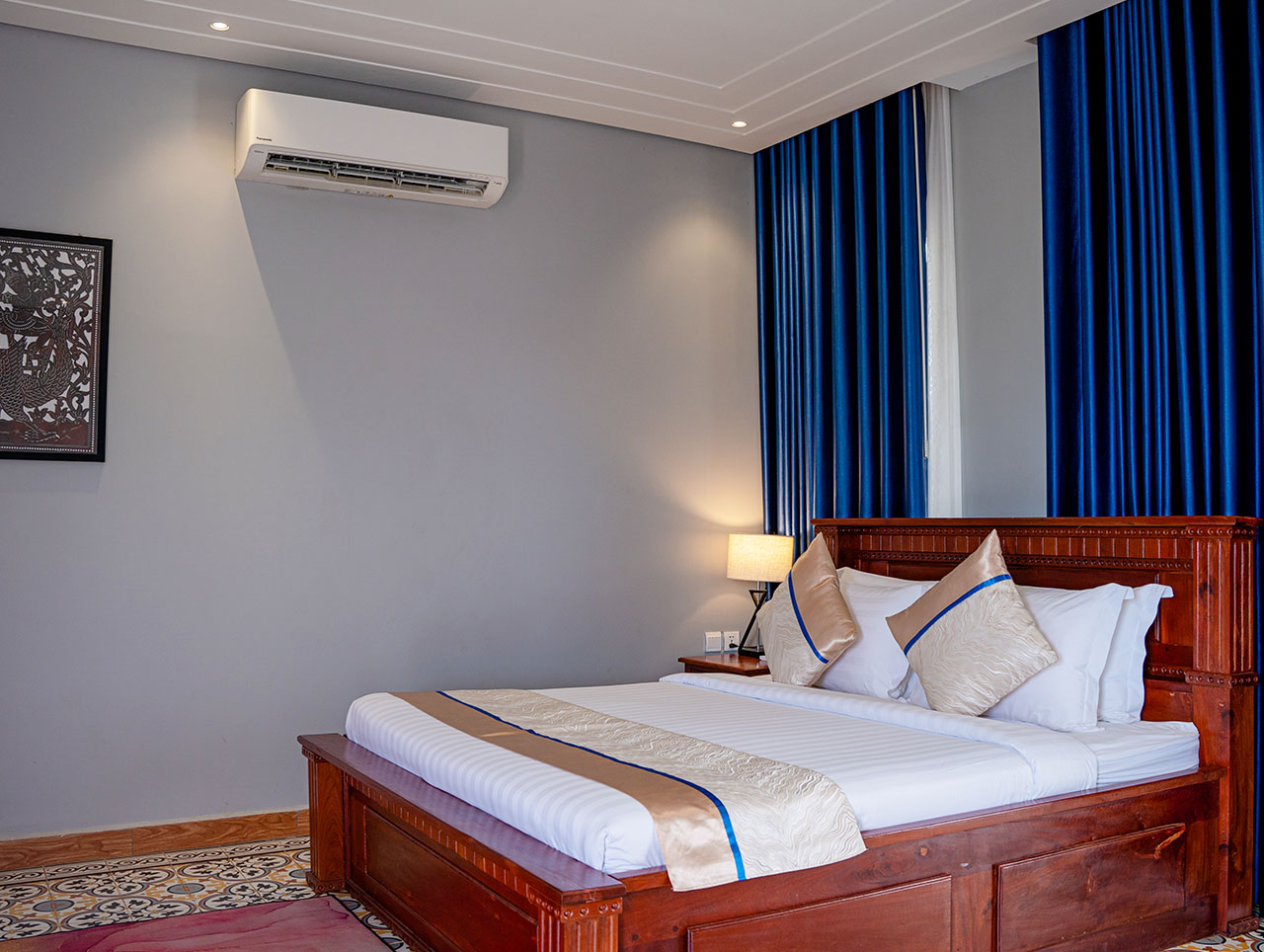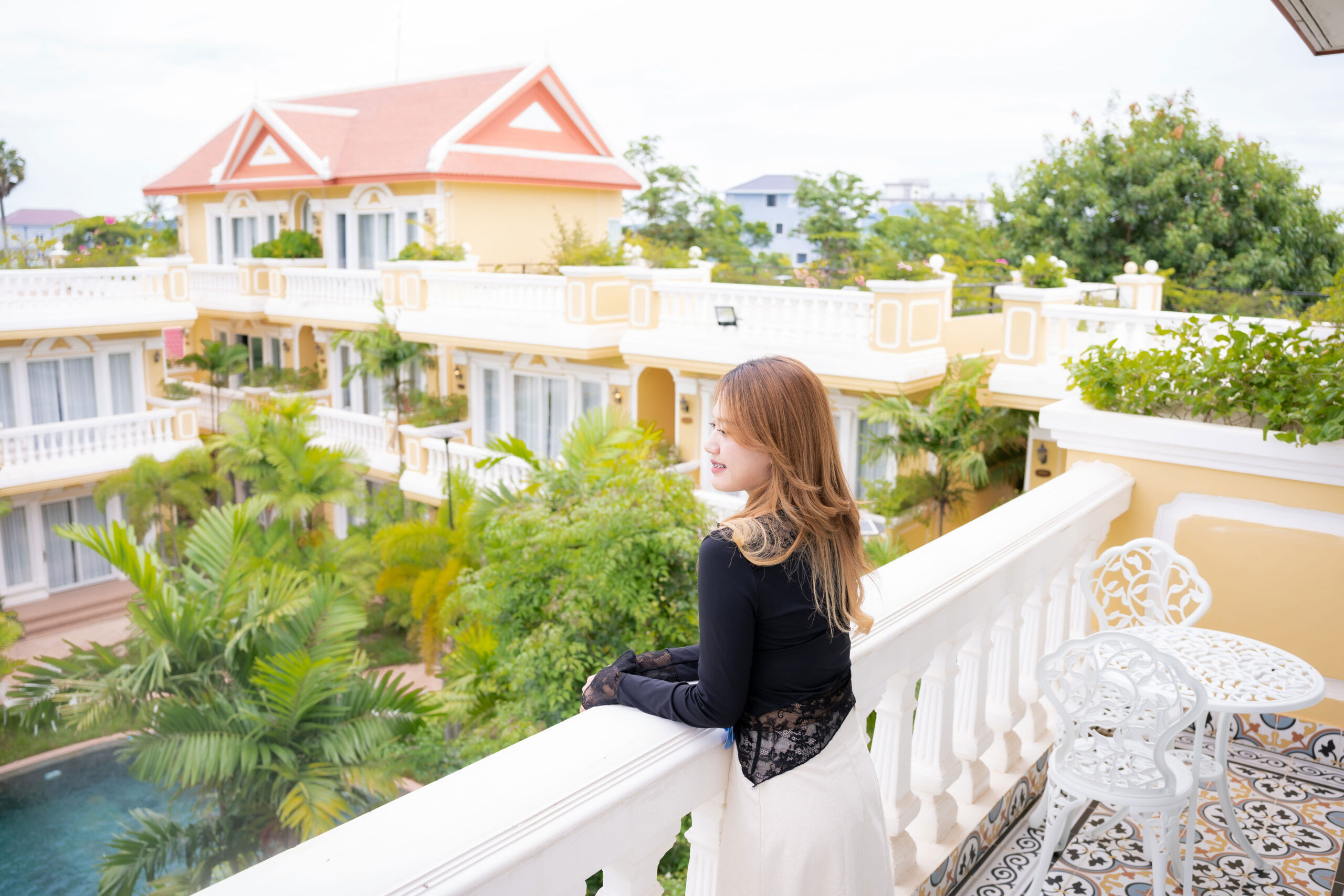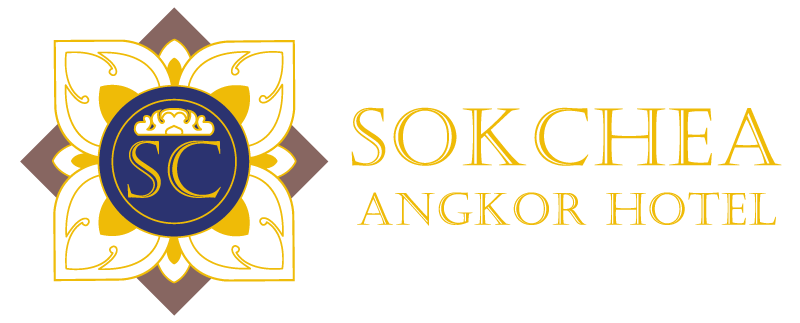The Kroma, a traditional Cambodian scarf, is more than just a piece of cloth—it’s a powerful symbol of Khmer identity, culture, and everyday life. Woven from cotton or silk, the Kroma is typically checkered in patterns of red and white, blue and white, or black and white, though modern variations come in many colors. This versatile garment has been worn by Cambodians for centuries and serves multiple practical and cultural purposes. It can be used as a head covering to shield from the sun, a towel, a face mask for dusty roads, a belt, a baby carrier, or even as a hammock for infants. Farmers wear it while working in the fields, monks drape it over their shoulders, and city dwellers carry it as a sign of national pride. Beyond its function, the Kroma also holds cultural significance, often appearing in traditional dance performances and as a meaningful gift to visitors. Its enduring presence in both rural and urban areas highlights the resilience and resourcefulness of Cambodian people. Whether bought at a local market in Siem Reap or woven by hand in a rural village, the Kroma is a timeless piece of Khmer heritage that connects the past with the present, offering travelers not just a souvenir, but a meaningful glimpse into Cambodia’s rich cultural fabric.

